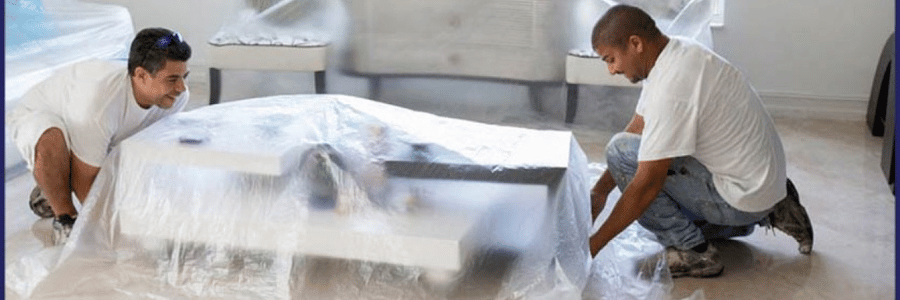When it comes to home improvement, few decisions can have as significant an impact on energy efficiency, aesthetics, and overall value as window upgrades. Windows are more than just functional openings; they influence your home’s comfort, energy costs, and even its resale value. Homeowners often face a pivotal choice: should they upcycle their existing windows or opt for a full replacement? Understanding the implications of each option can empower you to make an informed decision that aligns with your needs, budget, and environmental values.
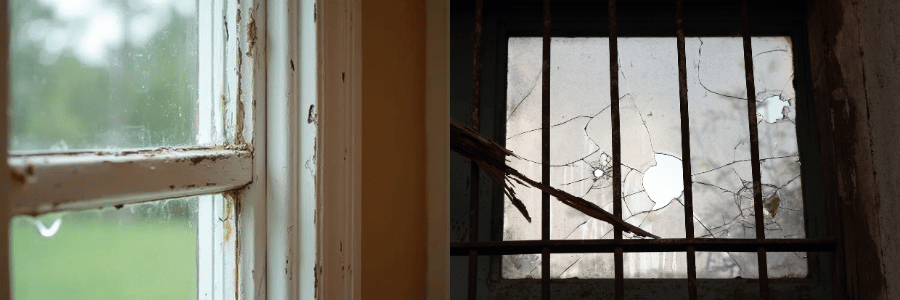
Understanding Upcycling and Replacement
What is Upcycling?
Upcycling refers to the process of refurbishing or repurposing existing windows to extend their life and enhance their functionality. This could involve various DIY projects, such as repainting the frames, re-glazing the glass to prevent drafts, or adding weather stripping to improve insulation. Upcycling is particularly appealing for those who appreciate sustainability, as it minimizes waste by breathing new life into existing materials. It can also include creative repurposing, like turning old window frames into decorative elements or functional furniture pieces. By choosing upcycling, homeowners not only save money but also contribute to a more sustainable future by reducing landfill waste.
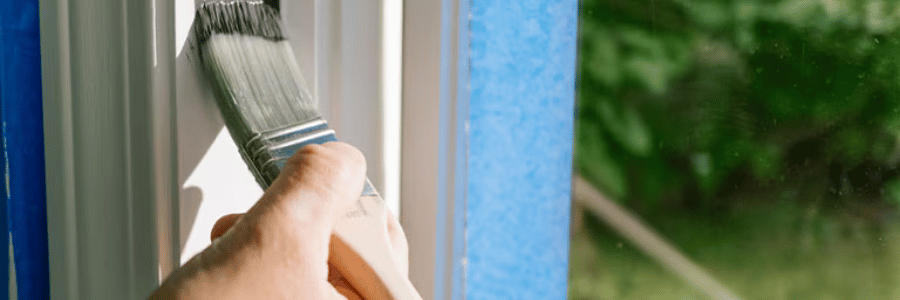
What is Replacement?
Replacement entails removing old windows entirely and installing new ones, which often come equipped with advanced materials and technologies. Modern windows are designed with energy efficiency in mind, featuring options like double or triple glazing, low-emissivity (Low-E) coatings, and improved insulation properties. These innovations can significantly enhance a home’s thermal performance, leading to lower energy bills and increased comfort. Additionally, replacement windows come in a variety of styles, colors, and materials, allowing homeowners to customize their look to suit their personal taste and enhance the property’s curb appeal.
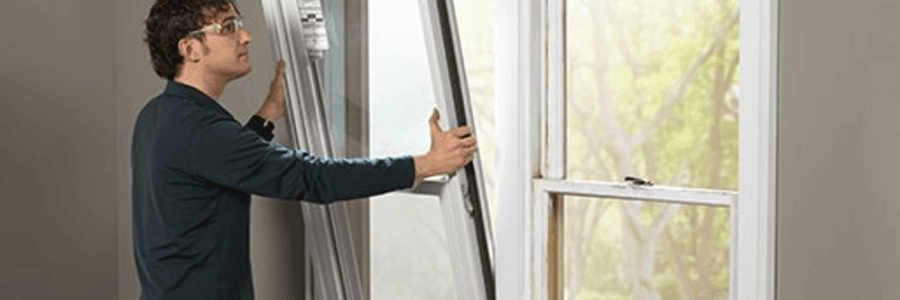
The Case for Upcycling
Pros:
- Cost-Effective: Upcycling is often a more budget-friendly choice compared to purchasing new windows. Homeowners can save on both labor and materials, particularly if they are willing to undertake the work themselves. This makes it an attractive option for those looking to refresh their homes without incurring large expenses. Additionally, upcycling can involve sourcing affordable materials or repurposing items you already own, which further lowers costs.
- Sustainability: Upcycling aligns well with eco-friendly practices, an increasingly important consideration for many homeowners. By choosing to refurbish existing windows, you contribute to a circular economy that prioritizes reuse and recycling over waste. This approach not only reduces your environmental footprint but also supports the idea of sustainable living, which can be a key selling point for future buyers.
- Character Retention: Older windows often possess unique architectural details that contribute to a home’s charm and historical value. Upcycling allows homeowners to preserve these distinctive features while making necessary updates to enhance functionality. This preservation can help maintain the home’s character, making it more appealing not just for current residents but also for potential buyers who appreciate historical aesthetics.
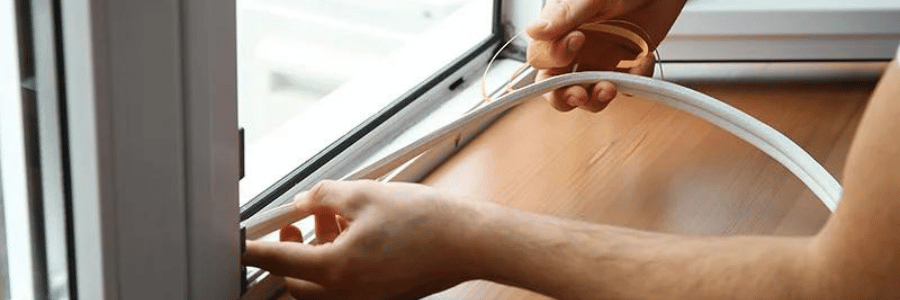
Cons:
- Limited Efficiency Gains: While upcycling can improve the performance of old windows, they may never reach the efficiency levels of modern replacements. Older windows often lack the insulating properties of contemporary designs, leading to potential energy loss. This might result in higher heating and cooling costs, negating some of the savings gained from the upcycling process.
- Time-Consuming: Upcycling can be a labor-intensive process that requires a considerable time commitment. Homeowners need to be handy or willing to learn new skills to successfully complete the projects. If you have a busy schedule or are not inclined towards DIY projects, the time and effort required for upcycling may not be practical or appealing.
- Potential for Compromise: In cases where windows are significantly damaged or outdated, upcycling might not provide the long-term durability and performance you need. Attempting to restore poorly functioning windows could lead to recurring issues, such as drafts or leaks, that may end up costing more in repairs over time than if you had invested in new windows from the outset.
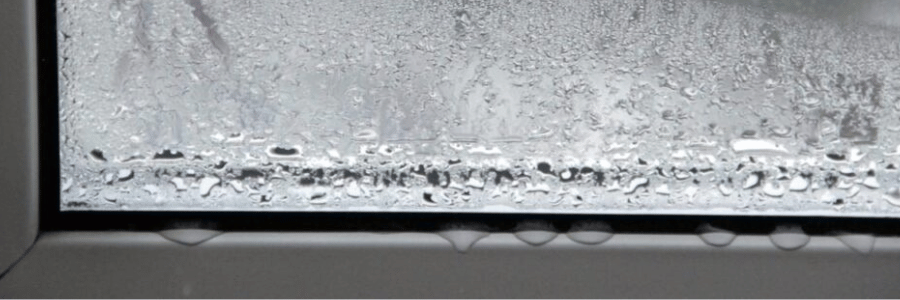
The Case for Replacement
Pros:
- Enhanced Efficiency: One of the biggest advantages of replacement windows is their superior energy efficiency. New windows often incorporate advanced technologies that can significantly lower heating and cooling costs. This not only contributes to a more comfortable living environment but can also result in substantial long-term savings on energy bills. Many homeowners find that the initial investment in replacement windows pays off over time through reduced energy expenses.
- Modern Aesthetics: Replacement windows offer a fresh, updated look that can completely transform the appearance of your home. With various styles, colors, and materials available, you can customize new windows to fit your vision, whether you’re going for a modern, sleek design or a classic, timeless aesthetic. This ability to personalize can enhance your home’s curb appeal and even increase its value on the real estate market.
- Warranty and Durability: New windows typically come with warranties that provide peace of mind regarding their performance and longevity. This can be particularly valuable in case of defects or issues that arise after installation. Additionally, modern materials used in window manufacturing, such as vinyl or fiberglass, are designed for durability and require less maintenance than older wooden frames, saving you time and effort in the long run.
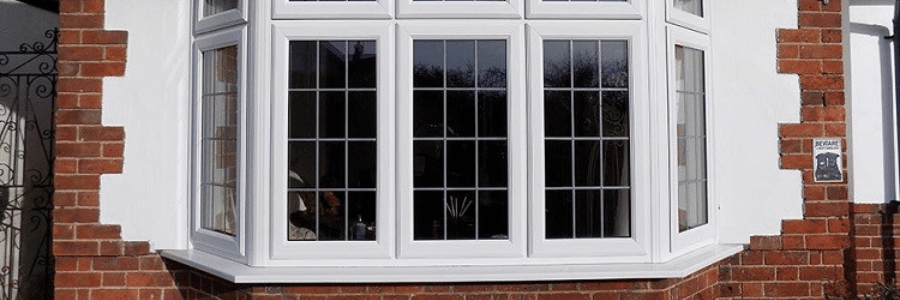
Cons:
- Higher Initial Costs: The primary drawback of replacing windows is the significant upfront investment it often requires. Depending on the number of windows and the materials chosen, the costs can add up quickly, which might strain a tight budget. Homeowners should consider financing options or energy efficiency rebates to help mitigate these costs, but the initial financial commitment remains a critical factor in decision-making.
- Loss of Character: While new windows can enhance a home’s appearance, replacing older windows may mean losing some of the unique features that contribute to a property’s charm. If you live in a historic home, new windows might not replicate the original style or detail, which can detract from its character. This is an important consideration for homeowners who value the historical significance of their property.
- Disruption: The window replacement process can be disruptive to your daily life, especially if multiple windows are being installed at once. Homeowners might need to temporarily relocate or manage construction noise, dust, and debris. Planning the project carefully and working with a reputable contractor can help minimize inconvenience, but it’s still essential to prepare for some level of disruption during the installation period.
Making Your Decision
Assess Your Needs
Before making a choice, it’s crucial to assess your specific needs and circumstances. Take a close look at your existing windows: are they functional but in need of cosmetic upgrades, or are they suffering from significant issues such as drafts, leaks, or deterioration? If the latter is true, upcycling might not provide the durability and performance you require, making replacement a more viable option. Additionally, consider your long-term goals for your home—are you planning to stay long-term or sell soon? This can influence whether you prioritize immediate cost savings or long-term value.

Budget Considerations
Evaluating your budget is another critical factor in this decision-making process. Upcycling might offer a more affordable short-term solution, allowing you to stretch your home improvement dollars further. However, if you can allocate a larger budget upfront for replacement windows, the long-term savings and increased home value could outweigh the initial expenditure. It’s also wise to consider financing options, energy efficiency rebates, and potential increases in home resale value when weighing costs against benefits.

Aesthetic and Functional Goals
Think carefully about your home’s aesthetic and functional goals. Are you hoping to maintain the vintage look of your windows, or do you want to embrace a more modern design? Replacement windows offer more customization options, while upcycling allows you to keep the character of your home intact. Additionally, consider your desire for improved functionality and efficiency: if energy savings and modern performance are high priorities, investing in new windows may be the better choice.
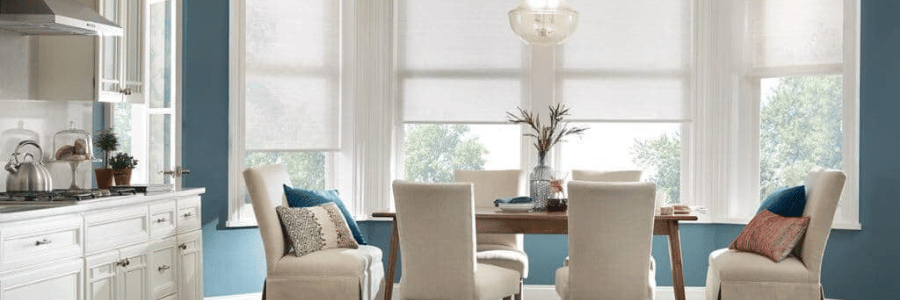
Conclusion
Both upcycling and replacement of windows have their unique advantages and challenges. By carefully weighing your options, budget, and specific needs, you can make a choice that enhances your home’s comfort, efficiency, and overall appeal. Whether you decide to breathe new life into your existing windows or invest in new ones, you’re taking a significant step toward improving your living space. Ultimately, the right choice will depend on your priorities, lifestyle, and vision for your home. Happy renovating!

